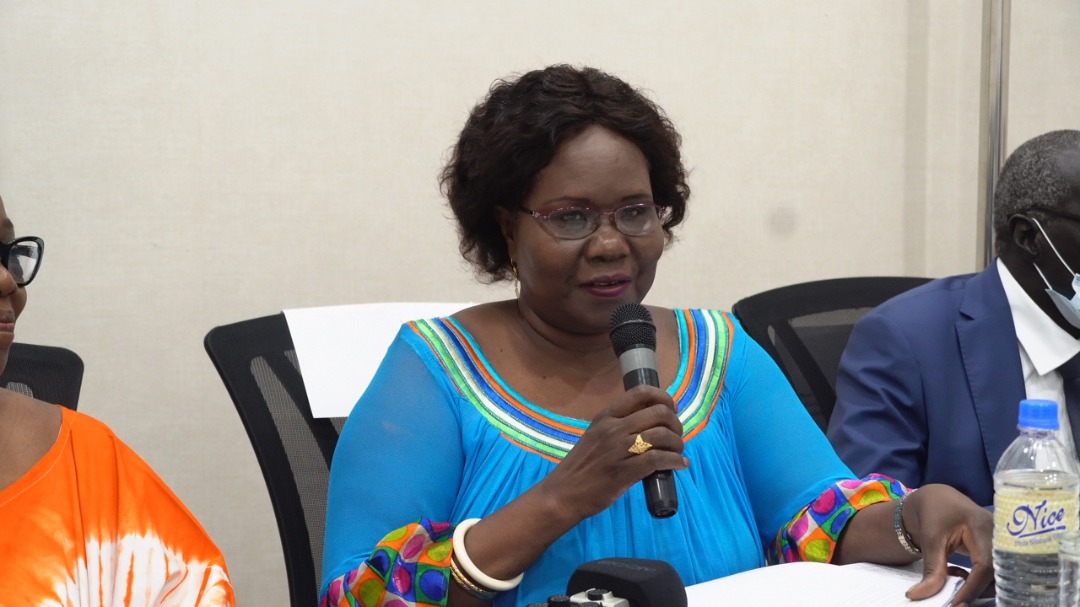By Staff Writer
6.83 million people in South Sudan (55% of the population) faced acute food shortage (IPC Phase 3 or above), out of that number 2.37 million people faced Emergency conditions (IPC Phase 4) according to a report released by the government and the United Nations in Juba on Saturday.

South Sudan’s Agriculture Minister, Josephine Lagu released the Integrated Food Security Phase Classification(IPC) report on Saturday.
Josephine said during the lean season projection period of April to July 2022, an estimated 7.74 million people (62.7% of the population) will likely face Crisis (IPC Phase 3) or worse acute food insecurity, with 87,000 people likely to be in Catastrophe (IPC Phase 5) acute food insecurity in Fangak, Canal/Pigi and Ayod counties in Jonglei State; Pibor County in Greater Pibor Administrative Area; Cueibet and Rumbek North counties in Lakes State; and Leer and Mayendit counties in Unity State.
She said another estimated 2.90 million people are likely to face Emergency (IPC Phase 4) acute food insecurity.
“Given the high levels of severe acute food insecurity in the country, immediate scale-up of multi-sectoral humanitarian assistance is needed to save lives and prevent the total collapse of livelihoods in the affected counties, particularly those with a high share of populations in Catastrophe (IPC Phase 5) and Emergency (IPC Phase 4).” Said Josephine
She says chronic vulnerabilities are found in 52 out of the country’s 79 counties classified as Emergency (IPC Phase 4) acute food insecurity.
“The most severe acute food insecurity conditions have been exacerbated by shocks such as severe flooding, droughts, sub-national and localised violence, and the effects of the ongoing macroeconomic crisis, among others.” Said Josephine
“Twenty-three counties were classified in Crisis (IPC Phase 3) acute food insecurity, with only three counties classified in Stressed (IPC Phase 2) acute food insecurity in the projection period of April to July 2022. “
According to the report, at least 1.34 million children under the age of 5 will face acute malnutrition.
“We must refocus our attention and redirect resources towards resilience building and strengthening the institutional setup and food system governance frameworks” She added
The areas mainly affected are Jonglei, Unity, Upper Nile, Lakes, Eastern Equatoria (kapoeta east), and Warap states.
The United Nations says the major factors contributing to acute malnutrition include high prevalence of diseases and inadequate feeding practices of infant and young children. Elevated levels of food insecurity (IPC Acute Food Insecurity Phase 3 or above) in most counties also contribute to acute malnutrition.
Sara Beysolow UN Deputy Representative of Secretary -General Resident and Humanitarian coordinator said that the IPC report provides a platform for joint collaboration among the stallholders, UN agencies and Government.
She said that the report provide them with data to inform the decision making.
She said that their work as humanitarian is to save lives but not to do development.





